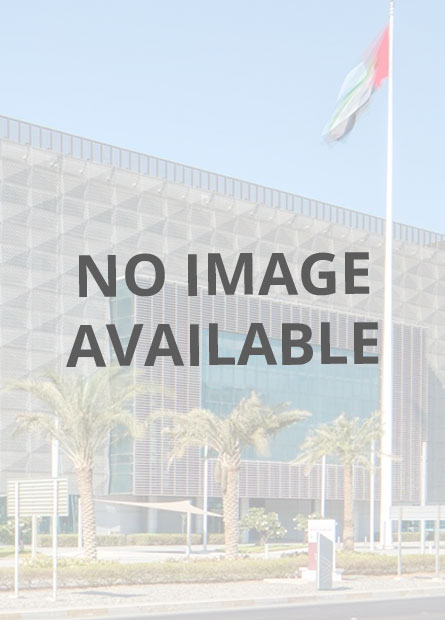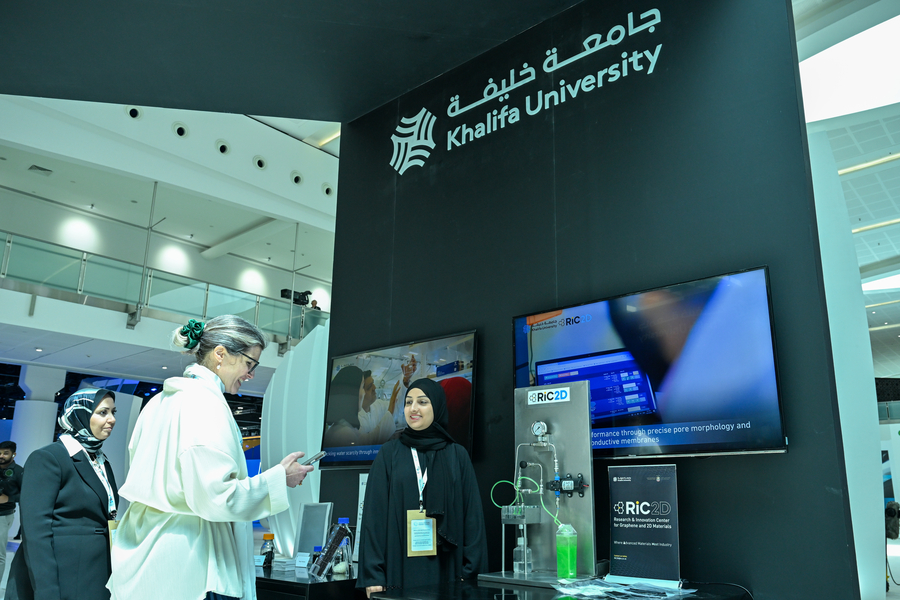This thematic area deals with the impact of radiation on the environment. Construction and operation of nuclear power plants, development and implementing nuclear methods and techniques in the petrochemical industry, medicine and research, all, are associated with risk of release of radioactive materials in case of an accident. Such release could especially affect the sensitive regions and population.
Theme 3 covers radiological environmental impact analyses (simulations and experimental) in the Gulf region . Work is needed to provide the numerical and experimental analytical data needed to map the ecosystems during normal and abnormal situations in the Gulf region. The industrial partners in this project are: (1) r.e.m GbR (Germany) who are leading an International Union for Radioecology Task Force on radioecology in arid environments and: (2) IRSN (France), in collaboration with FANR are supporting the dispersion modeling in sea, land and air.
Project 1: Radionuclide Dispersion Modeling in the UAE Environments
Principal Investigator: Dr. Yacine Adad
Co-PI: Dr. Diana Francis
Nuclear power plant installations give rise to small releases of radionuclides in the marine and atmospheric environment under controlled conditions, but may have a potential to large release in case of any accidents. Therefore, it is necessary to first assess the radiological risk to individual members of the public and to the populations as a whole from predicted routine releases, and secondly to assess the consequences of the accidents at the design stage for the purpose of preparing emergency plans. Thirdly, equally important is; the assessment of the radiation doses to the general public at the operational stage using real data on actual releases and meteorological conditions. This can be achieved through:
- Develop dispersion models capable of mimicking the desert harsh environmental conditions.
- In collaboration with stakeholders, conduct a measurement campaign to collect detailed reference data for models validation.
Project 2: Measurement of Radionuclides in Marine and Terrestrial Environments
Principal Investigator: Dr. Francois Foulon
Co-PI: Dr. Yacine Addad
Over 30 percent of the Earth’s land surface, 22 per cent of the world’s arable land, and 16 per cent of the world’s population is tied to low precipitation areas. Therefore, the behavior of man-made radionuclides in arid and desert environments takes on a special significance, which will be formulated in this project.
This work will focus on environmental transport of radionuclides, identifying the relevant exposure pathways, determining important pathways, conducting field and laboratory measurements and developing radioecological transfer models for radiation transport in arid regions. The results will used to create a reference databank on ambient levels of radionuclides across marine and terrestrial environments, create a baseline and provide an environmental decision support system (EDSS). Besides classical radioanalytical techniques, inductively coupled mass spectrometry (ICPMS) will also be used for stable isotope migration and transport in the marine and terrestrial environments.






